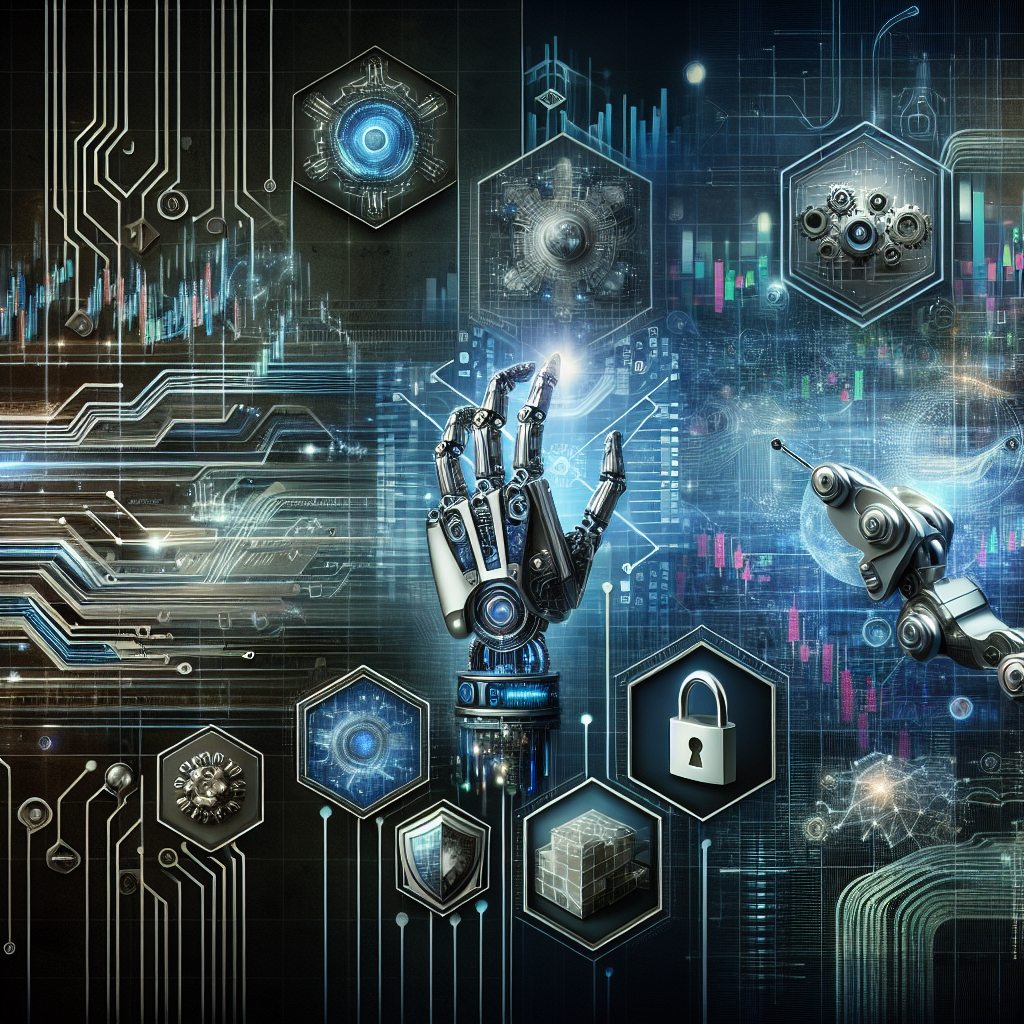The Dangers of Overdependence on AI in Cybersecurity Strategies
CyberSecurity
The Dangers of Overdependence on AI in Cybersecurity Strategies
In recent years, artificial intelligence (AI) has transformed various sectors, including cybersecurity. As cyber threats become increasingly complex and sophisticated, organizations are turning to AI-powered solutions to safeguard their digital assets. While AI offers numerous advantages in threat detection and response, an overreliance on these technologies can pose significant risks. This article explores the hidden dangers of depending too heavily on AI in cybersecurity strategies.
Understanding the Role of AI in Cybersecurity
AI has revolutionized the cybersecurity landscape by enabling faster and more accurate threat detection. AI systems can analyze vast amounts of data, identify patterns, and predict potential security breaches. **The main advantages of AI in cybersecurity include:**
- Automated threat detection: AI can continuously monitor network activities to identify unusual behavior and potential threats.
- Rapid response: AI algorithms can initiate instant responses to neutralize threats as soon as they are detected.
- Improved accuracy: Machine learning models can analyze historical data to improve the accuracy of threat identification over time.
- Cost efficiency: Automating routine security tasks can reduce the need for manual intervention, lowering operational costs.
Although AI provides powerful tools for protecting digital environments, overrelying on these technologies can lead to several potential problems.
The Risks of Overdependence on AI in Cybersecurity
Lack of Human Oversight
One of the most significant risks of overdependence on AI is the lack of human oversight. AI systems are only as effective as the data and algorithms that power them. **Without human oversight, AI systems may miss subtle indicators of threats or fail to adapt to new tactics employed by cybercriminals.** Consequently, an AI-centered approach without adequate human intervention may lead to undetected vulnerabilities and inadequate threat responses.
Bias and False Positives
AI systems are susceptible to biases in data and algorithms. **If the data used to train AI models is biased, the system can produce skewed results, leading to false positives or negatives.** False positives can be costly, as they may cause unnecessary alerts and divert attention from actual threats. Conversely, false negatives are even more dangerous as they allow cyber threats to go undetected, putting organizations at risk.
Overconfidence in AI Capabilities
With the rapid advancements in AI technology, there is a tendency to overestimate its capabilities. **Organizations may become complacent, assuming that AI systems can handle all cybersecurity challenges.** This overconfidence can lead to underinvestment in other critical areas, such as employee training and manual threat analysis. It is important to recognize that while AI is a valuable tool, it cannot replace the expertise and intuition of human cybersecurity professionals.
Adversarial Attacks on AI Systems
Cybercriminals are continually evolving their tactics, and this includes launching adversarial attacks on AI systems. **By manipulating input data, attackers can deceive AI models into misclassifying threats or failing to detect them altogether.** Relying solely on AI without robust defense mechanisms against adversarial attacks can expose organizations to significant security breaches.
Striking the Right Balance: Combining AI with Human Expertise
Given the potential risks of overdependence on AI, organizations must strike the right balance between AI-driven solutions and human expertise. Here are some strategies to achieve this balance:
- Implement robust human oversight: Regular monitoring and evaluation of AI systems by cybersecurity experts can help identify inaccuracies and biases.
- Prioritize employee training: Empower employees with the knowledge and skills to recognize and respond to security threats that AI may not detect.
- Use diverse data sets: Ensure AI models are trained on diverse and comprehensive data to mitigate bias and improve accuracy.
- Develop hybrid defense mechanisms: Combine AI-driven threat detection with manual investigation to enhance threat response capabilities.
- Regularly test AI systems: Perform continuous testing and updates on AI systems to ensure they are resilient against adversarial attacks.
Conclusion
While AI has become an invaluable tool in the battle against cyber threats, overreliance on these technologies can introduce hidden risks. **Organizations must remain vigilant, striking a balance between leveraging AI’s strengths and maintaining human oversight.** By combining AI with human intelligence and continuing to adapt to evolving cyber threats, organizations can build a more robust and resilient cybersecurity strategy.
